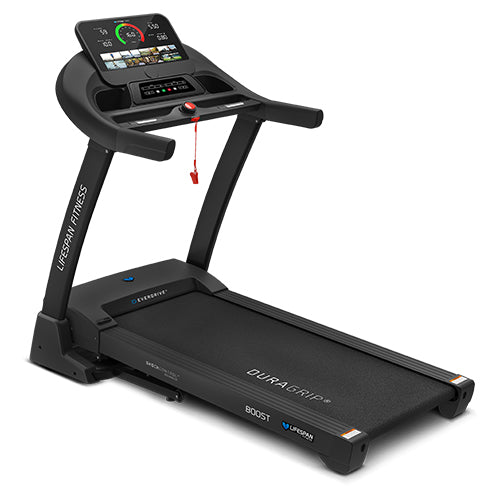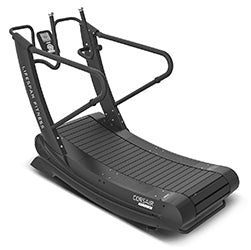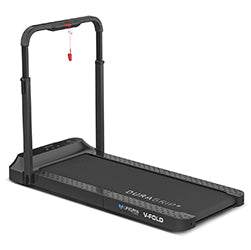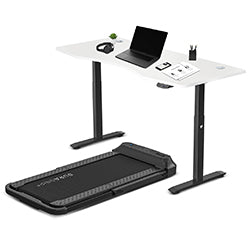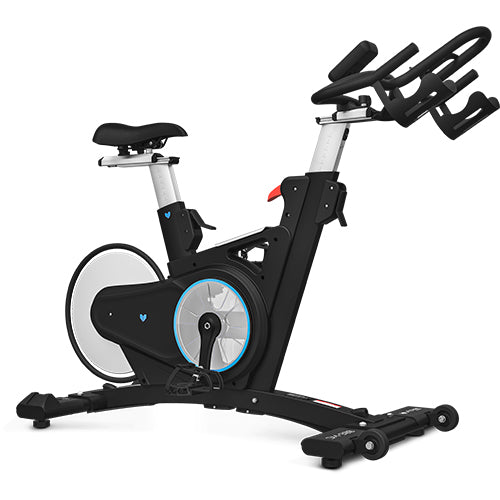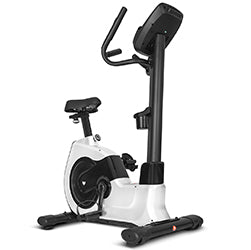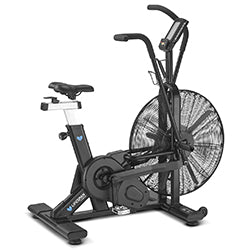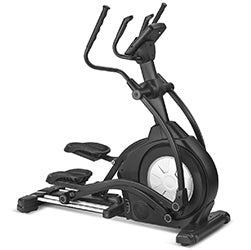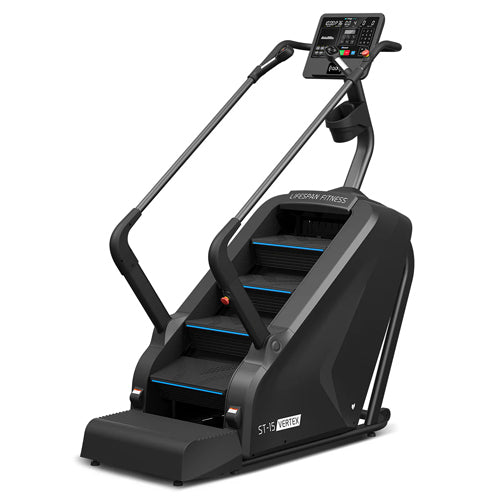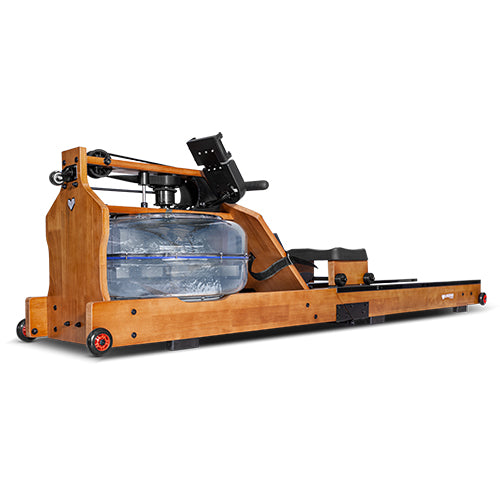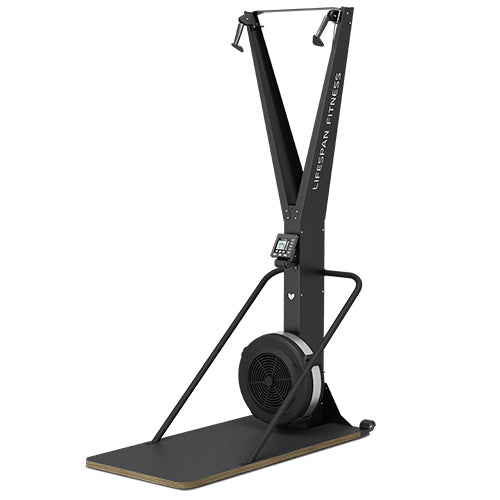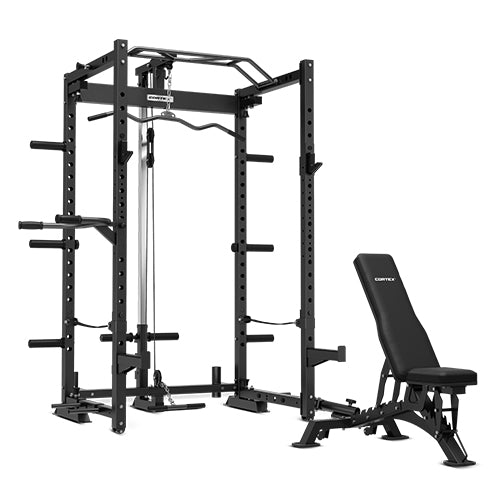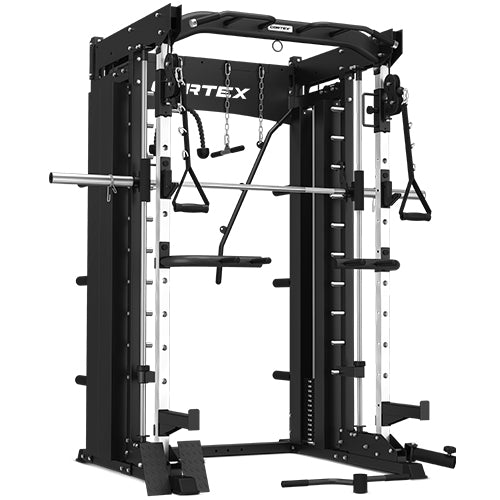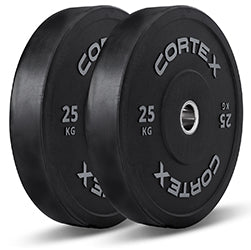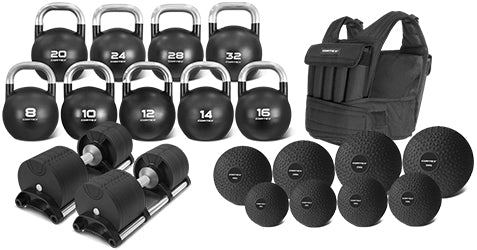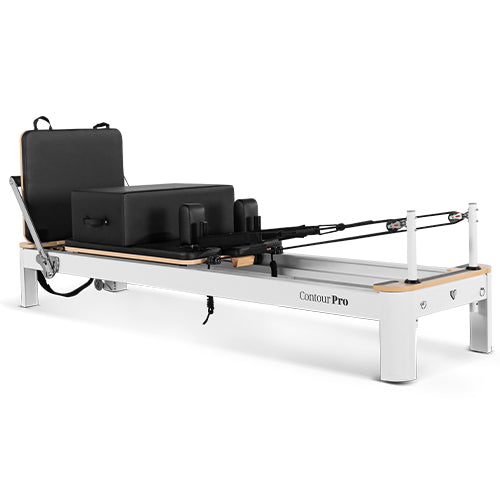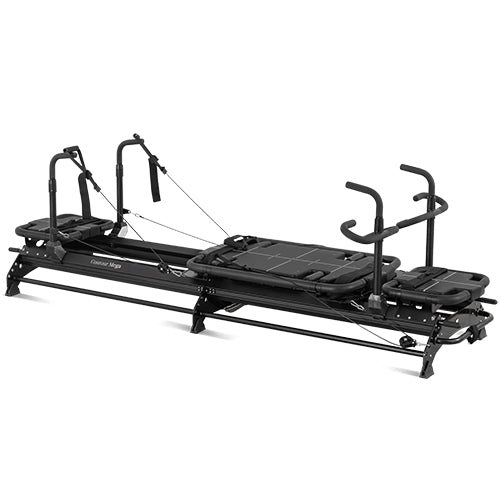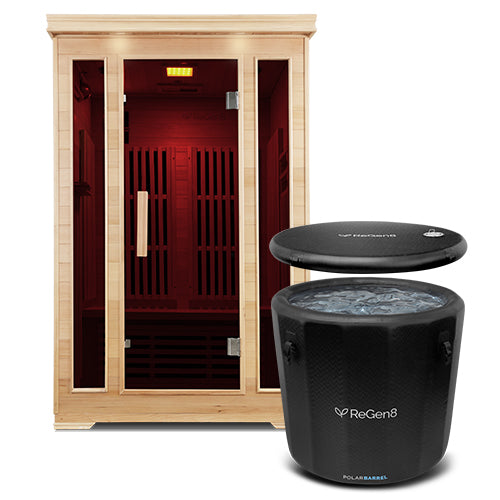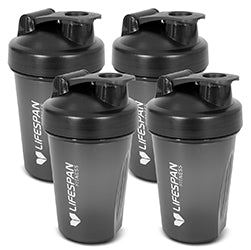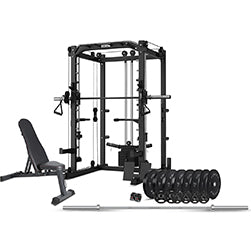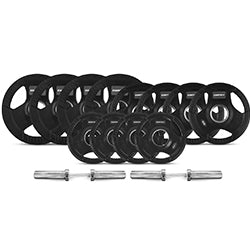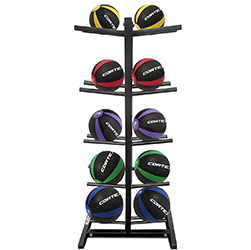

Staying active and maintaining good health is crucial for individuals of all ages, and seniors are no exception. Engaging in any kind of regular physical activity has been shown to have numerous benefits for older folks, contributing to overall well-being and quality of life. As we age, we may face challenges such as decreased muscle mass, bone density and flexibility, making it even more important to adopt a fitness routine tailored to your specific needs.
Weight training, specifically, is emerging as a valuable component of seniors' fitness routines. While some may associate weight training with younger athletes building muscle for aesthetics, it offers unique benefits for seniors as well. Resistance training helps counteract the natural loss of muscle mass and strength that occurs with aging, promoting functional independence and reducing the risk of falls.
Weight training also supports bone health by stimulating bone growth and density. This is particularly crucial for seniors, as osteoporosis becomes a concern with age. Strengthening muscles around joints also contributes to better stability, reducing the likelihood of injuries related to slips or imbalance.
With the variety of fitness options available at Lifespan Fitness, weight training has become a valuable and accessible tool in promoting strength, balance and overall well-being for the older population. As part of a comprehensive fitness plan, weight training can contribute to a healthier and more active lifestyle, allowing seniors to age with grace and vitality.
Benefits of Weight Training for Seniors
Weight training provides increased strength, essential for maintaining functional independence as seniors age, and helps build and maintain muscle mass, counteracting the natural process of muscle loss. It also improves metabolism, aiding in weight management, which can be especially challenging as metabolism tends to slow down with age. Seniors who engage in weight training also experience greater functional ability for everyday tasks, such as climbing stairs and carrying groceries, enhancing their overall quality of life. Furthermore, weight training can serve as an effective component of rehabilitation programs, facilitating the recovery process and a quicker return to normal activities following injuries or surgeries. These benefits highlight the significant value of weight training in promoting better health, vitality, and overall well-being among seniors.
Addressing Common Concerns

One of the primary worries seniors may have when considering weight training is safety. For this reason, it's important to research your activity beforehand to understand the safety protocols in weight training, which include using proper form, selecting appropriate weights and avoiding exercises that may pose a risk to joints or muscles. Have a look through our extensive catalogue of strength and resistance equipment to find something that suits you and your goals. You can also find our blog post on free weights versus cable machines to decide which type of equipment is best for you. To ensure a safe and effective experience, seniors are encouraged to consult with qualified fitness trainers, preferably those with expertise in working with older adults. These professionals can provide personalised guidance, tailored exercise routines, and supervision to mitigate risks and enhance the benefits of weight training. Taking necessary precautions, such as warming up, stretching, and listening to one's body, is also paramount for injury prevention. Lastly, seniors should be aware that Lifespan Fitness is here to provide resources, support and expert advice to address their concerns and guide them in their fitness endeavours, ultimately ensuring that weight training can be a safe and rewarding part of their fitness routine.
Getting Started with Weight Training

Choosing Equipment: When selecting equipment, seniors should consider options that align with their fitness level and individual needs. Dumbbells, resistance bands, or weight machines are suitable choices. It's essential to start with manageable weights and gradually progress as strength increases to prevent injury
Set Goals: Setting clear and realistic goals is a crucial step in any fitness program. Seniors can tailor their weight training goals to their specific needs, whether it's enhancing strength, improving balance or aiding in rehabilitation after an injury or surgery. These objectives provide motivation and direction for their workouts.
Diet: Weight training is most effective when paired with a balanced diet. Seniors should ensure that they are consuming an adequate amount of protein, as it plays a significant role in muscle repair and growth. Proper hydration and a well-rounded diet, rich in nutrients, are also essential to support their fitness efforts.
Workout Plan:
Here's an outline of a basic workout plan catered to seniors that includes weight training. This plan is designed to be safe, effective, and adaptable to various fitness levels:
Warm-Up (5-10 minutes):
- Start with 5-10 minutes of light cardio, such as brisk walking, stationary cycling, or marching in place. This helps increase blood flow, warms up the muscles, and prepares the body for exercise.
Weight Training (20-30 minutes):
- Perform 5-6 exercises that target major muscle groups. Use light to moderate weights or resistance bands to start, focusing on proper form. Here's a sample dumbbell workout:
- 1. Dumbbell Squats (Legs)
- 2. Standing Dumbbell Rows (Back)
- 3. Dumbbell Chest Press (Chest)
- 4. Dumbbell Bicep Curls (Arms)
- 5. Dumbbell Tricep Extensions (Arms)
- 6. Dumbbell Lateral Raises (Shoulders)
- Perform 2-3 sets of each exercise, with 10-12 repetitions per set. Rest for about 60 seconds between sets. Start with light weights and gradually increase as strength improves.
Cool-Down (5-10 minutes):
- Finish with a cool-down to improve flexibility and reduce the risk of muscle soreness or injury. Include static stretching exercises for the major muscle groups you worked during your weight training session. Hold each stretch for 15-30 seconds. Focus on areas like the legs, back, chest, arms, and shoulders.
By carefully considering these steps, seniors can embark on their weight training journey with confidence, ensuring that their fitness routine is both safe and effective, contributing to their overall health and well-being.
Conclusion

Weight training is a highly valuable and often overlooked form of exercise that can greatly benefit many seniors in their pursuit of improved health, strength and well-being. Its positive impacts on muscle strength, metabolism and functional abilities make it a compelling choice for older adults. However, it's important to recognise that each individual is unique, and not all seniors may find weight training to be their preferred or most suitable fitness option. There are several alternative exercises and activities, such as swimming, running, yoga or low-impact aerobics, that can provide equally meaningful results while catering to different preferences and needs.
Regardless of the chosen path, seniors can find reassurance in the fact that Lifespan Fitness is here to provide guidance, resources and expert support throughout their fitness journey. Whether it's weight training or an alternative form of exercise, Lifespan Fitness is committed to assisting seniors in achieving their health and fitness goals, ensuring that they can enjoy a vibrant and active lifestyle for years to come.




